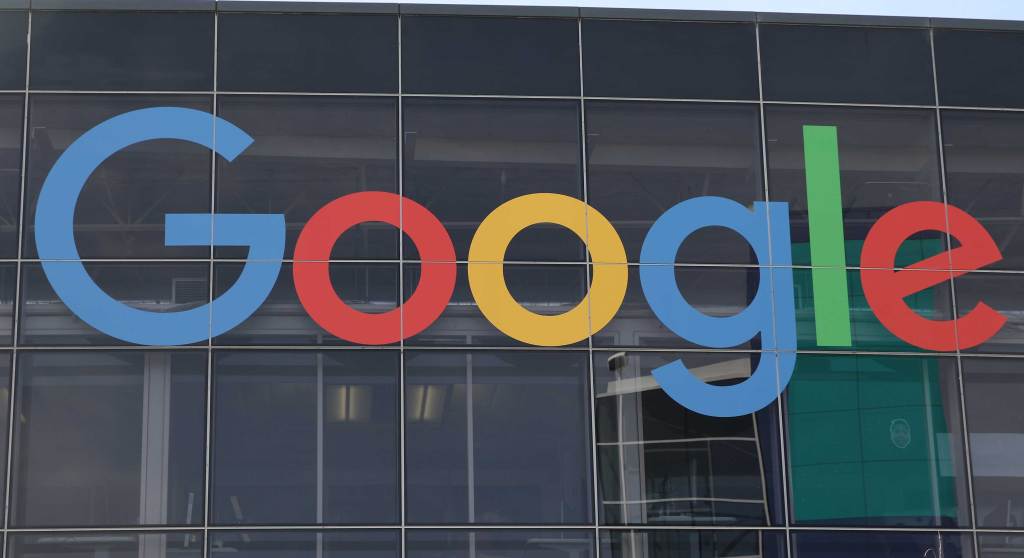 dpa/picture-alliance/Newscom
dpa/picture-alliance/NewscomGoogle’s recent decision to ban ads for payday loans on its platform is an important move: It prevents these lenders from marketing harmful, deceptive financial products to hardworking consumers who are trying to make ends meet. Hopefully, this move from a major company will create momentum in the consumer lending industry to better serve lower-income consumers who need short-term, small dollar loans. But for that to happen, the private and public sectors need to accelerate their efforts and work together.
Reading reactions to Google’s decision and its implications for payday lenders, I thought back on my own experience, in my mid-20s, of taking out an expensive loan so I could move to New York City. I had just finished graduate school and secured a job that paid well, but until my first payday, I was broke. To make my last tuition payment, buy a train ticket to New York, and rent my first apartment, I took out a loan. It was expensive, but I managed to make each monthly payment, struggling until I got my first bonus—which allowed me to pay off the loan in full.
That situation was challenging, but I had the resources and stability to make sure it was only temporary. For many people who are trying to make ends meet until their next paycheck, that’s simply not reality. For them, relying on payday loans—with high interest rates, stiff penalties, and often-confusing terms and conditions—can seem like the only option. And they don’t have many good alternatives to these debt traps, which often end up hurting their long-term financial health.
As a former bank president who served inner-city communities, I have three recommendations for tackling this problem:
1. Congress must standardize consumer-lending regulations
While the Dodd-Frank Act gave the Consumer Financial Protection Bureau (CFPB) jurisdiction over the consumer lending industry, the rules required to implement the CFPB’s authority still have not been implemented. In the absence of a coherent federal regulatory framework, with enforcement power, every state has its own rules. Many of them accommodate abusive lenders.
For example, a recent ad placed by a lender in a Milwaukee newspaper offered a small dollar loan of $400, with payment due in two weeks. The advertised rate was 36 percent, but the actual APR (the true cost to borrowers) was a whopping 589.93 percent, disclosed only in the fine print. This makes the final bill on this loan $896—more than two times the original loan amount, after paying interest and fees. And believe it or not, that cost is actually understated: Almost inevitably unable to pay such loans on time, the CFPB found that borrowers roll them over an average of nine times, racking up even more debt.
New York State prohibits payday lending, and check cashers are not allowed to lend money to customers (even though they are regulated by the New York State Banking Department). The state aggressively enforces its rules and has brought suit against providers that sell predatory loans to military service members and pensioners. But these laws are not uniform across the country. And banning these lenders doesn’t address the root problem: borrowers’ immediate need for funds. Often, emergencies lead borrowers to turn to local payday lenders or online lenders, under predictably harmful terms. What we really need is federal legislation that standardizes operating rules, pricing, and other critical terms across all 50 states—including online channels—with oversight by the CFPB.
2. Regulation must address pricing, terms, and collection practices
Some consumer lenders of last choice, including payday lenders, operate with terms and tactics that many of us would find objectionable: chief among them are incredibly high interest rates, hidden fees, and unrealistic short-term repayment schedules that lock borrowers in a cycle of debt. A recent CFPB report documents just how harmful collection practices by some payday lenders are: They include repeatedly submitting repayment debits to borrower bank accounts the lender knew were already overdrawn, deliberately to rack up additional fees. As a result, the customer typically lost the bank account he or she depended on.
Providers of traditional credit card and consumer loans can offer lessons when it comes to developing more acceptable tiers of interest rates tied to factors like credit history and stable employment. Over many decades, banking and consumer lenders have built rich databases on repayment performance—a resource that regulators can use to determine appropriate rate, fees, and other terms for higher risk customers. Together, regulators and lenders can create a framework that better balances risk while also meeting consumers’ needs.
3. We need to understand that payday loans are different than most other consumer loans
Some people who borrow money on a short-term basis are, simply put, out of money. They earn too little to cover their cost of living, and turn to payday loans to make up the difference, often borrowing more than they can credibly repay. Reducing the cost of occasional borrowing, allowing a longer time to repay, and eliminating abusive practices could help many of these consumers, but not all of them. To truly escape the cycle of payday borrowing, these people need alternative services—including help with budgeting, saving, and finding a higher-paying job.
By eliminating a major avenue for payday lenders to entice consumers, Google’s ban on ads for these loans is an important step. I hope other advertisers will follow their example. But it’s important for public and private sector leaders to address the reasons people turn to payday loans in the first place—the inability of so many families to make ends meet—and to tackle the regulatory gaps that leave hardworking, low-earning people with limited ways to meet their basic needs.




